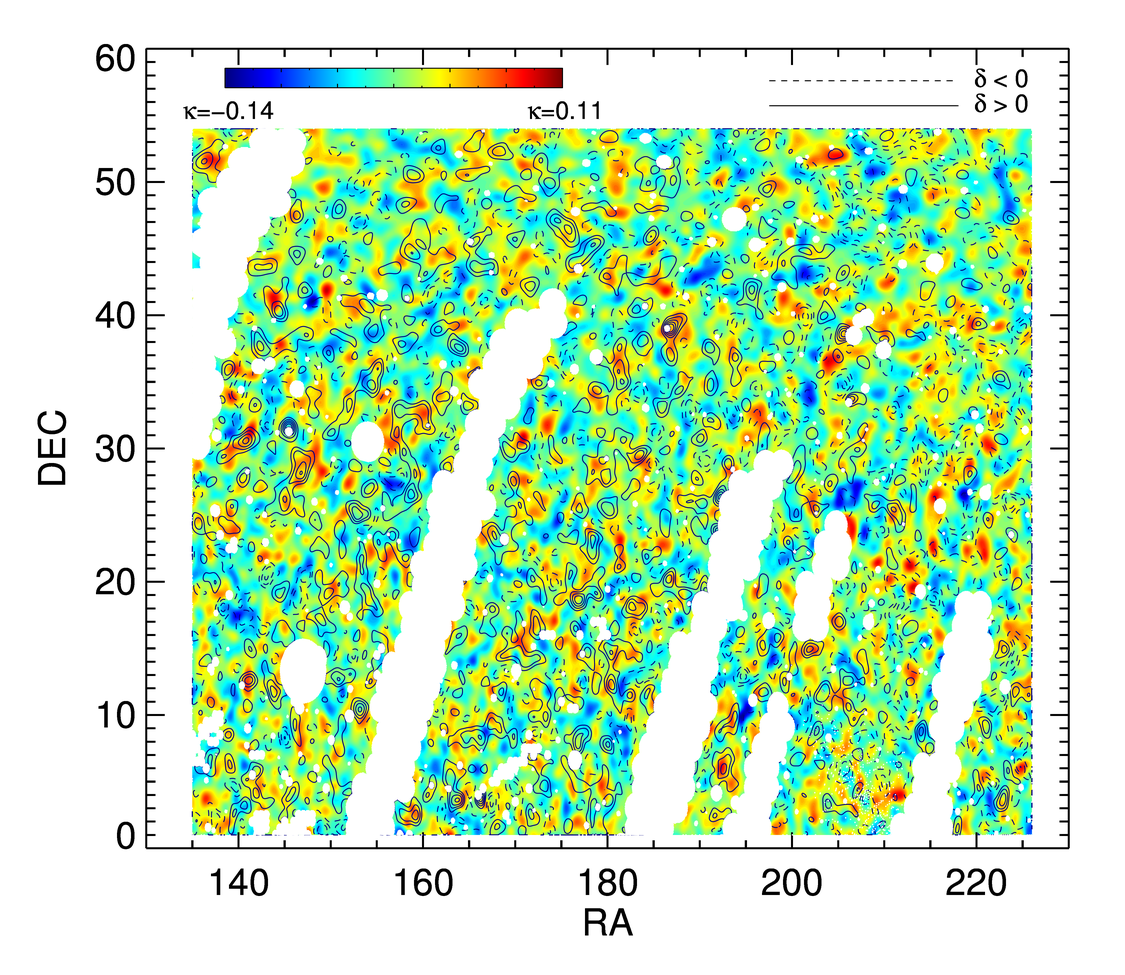
Research
I am currently working as a postdoc at the University of Wyoming with Adam Myers.
The majority of my research is focused on the nature of quasars — the most massive, luminous objects in the Universe. They play a significant role in the evolotuion of galaxies and the Universe, so understanding them is important to understand how we came to be. Aside from these grand implications, I study quasars because they are amazing objects in their own right.
See my full list of publications here.
-
Quasars are the more distant and luminous cousins of nearby Active Galactic Nuclei (AGN). In the simplest terms, a quasar is a supermassive black hole at the center of a galaxy that is growing by accreting nearby material. As material falls toward the black hole, it forms an accretion disk that emits light due to the loss of gravitational potential energy and heat due to friction.
I study quasars using both small, focused samples (e.g. BAL quasars) with large telescopes like the VLT, as well as large samples from surveys like WISE and the SDSS. I am particularly interested in the role that orientation relative to our line-of-sight plays in quasar observables and how quasars evolve with time.
-
What am I working on now?
I am currently studying the bias of obscured and unobscured quasars, which probes the masses of their dark matter halos, using two techniques: clustering and cross-correlations with maps of the CMB. The image at the top of the page illustrates the second method — the colors show the lensing convergence of the CMB from Planck (red = strong lensing, blue = weak). The contours overlaid show the over (solid lines) and under (dashed lines) density of quasars from WISE and SDSS. The two are clearly strongly correlated, because the dark matter halos of the quasars deflect the CMB photons on their way to us.
I'm also working with several students, both graduate and undergraduate, on various projects related to quasars.